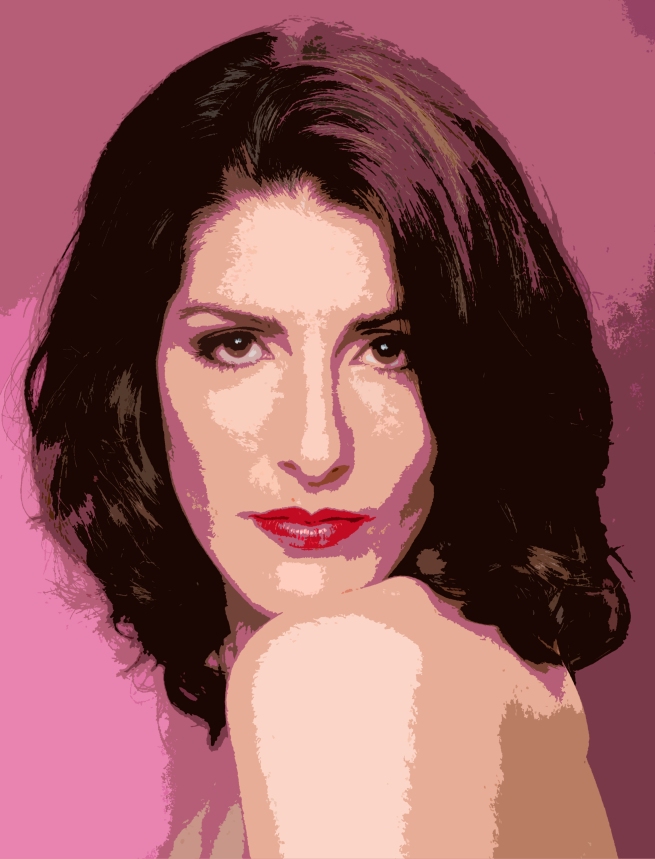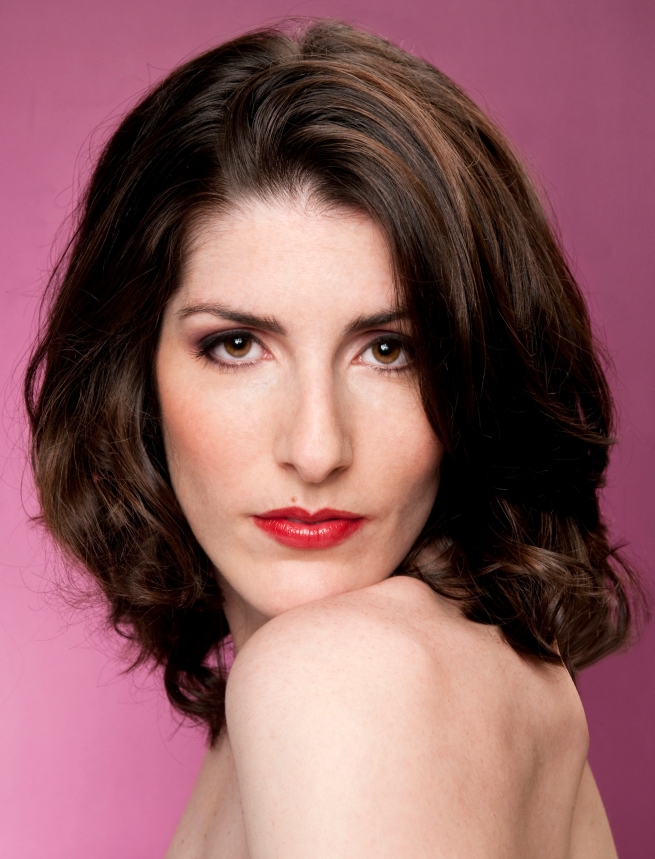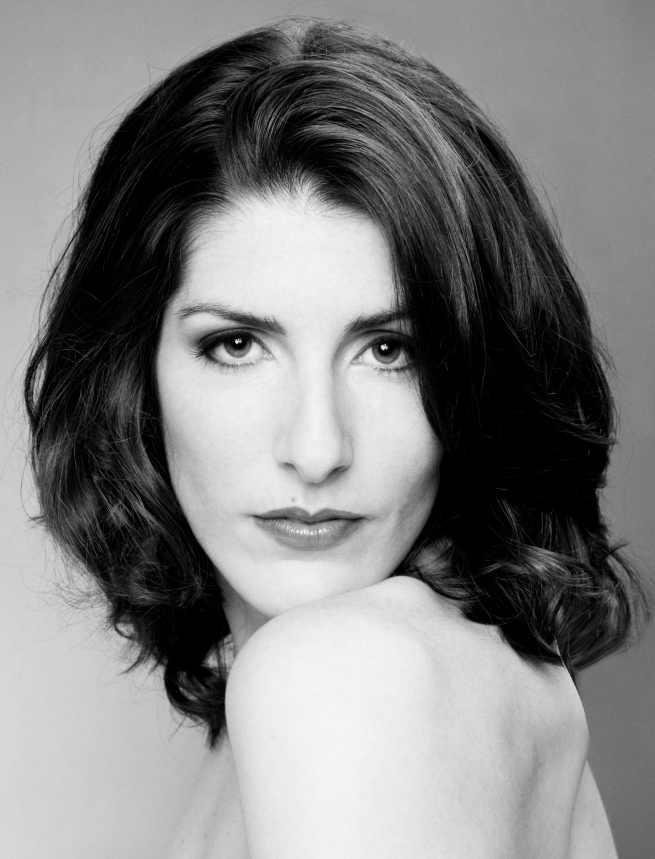
This is a posterized image of a lovely professional model named Carra, with whom I’ve worked several times. (You can see more images of my recent shoot with Carra by clicking here. )
Posterized pictures have been popular since the 1960’s. Think of Andy Warhol’s images of Marilyn Monroe. The most famous recent posterized image is the photograph of President Obama that was used in the campaign, with the word HOPE along the bottom.
Wikipedia defines the posterization process:
Posterization is a process in photograph development which converts normal photographs into an image consisting of distinct, but flat, areas of different tones or colors. A posterized image often has the same general appearance, but portions of the original image that presented gradual transitions are replaced by abrupt changes in shading and gradation from one area of tone to another.
Posterized pictures are not to everyone’s taste. I like it in this image, as it accentuates the features of Carra’s face. And while the image is flattened into distinct tonal ranges, we can still get a good idea of what Carra looks like. Our mind can recreate the variations that the postrization process has taken away.
The photo editing software I use, Photoshop CS4, has an easy filter to posterize an image. There are many adjustments that can be made, including the degree of posterization – how many different tonal ranges are included. You can adjust the image to taste. Like many things in Photoshop, you usually don’t want to overdo it.
Here are the two orginal versions of the image. first, in color:

and then a black and white version. The three are very different in feel. Which one do you like most?







